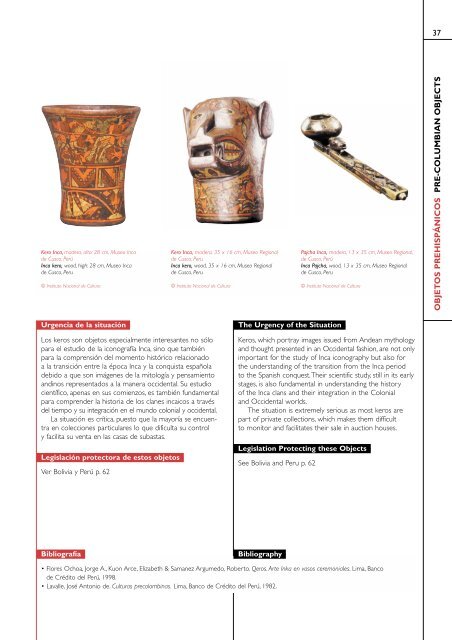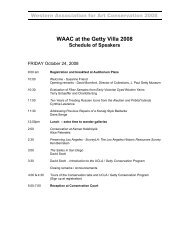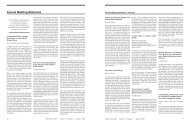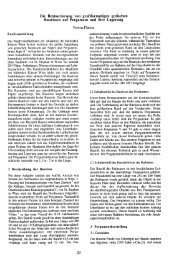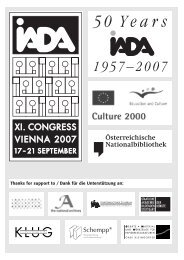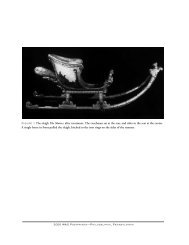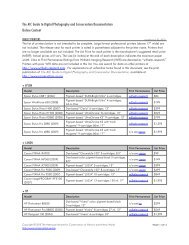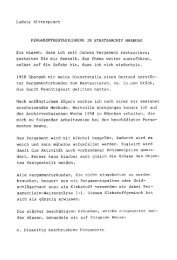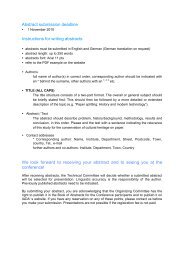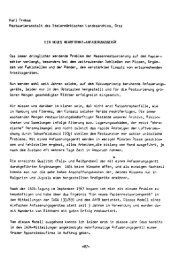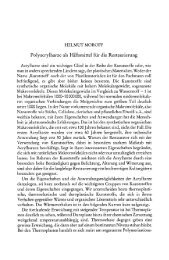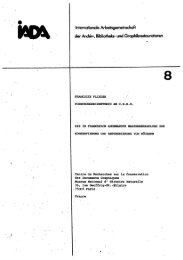Download red list - The International Council of Museums
Download red list - The International Council of Museums
Download red list - The International Council of Museums
Create successful ePaper yourself
Turn your PDF publications into a flip-book with our unique Google optimized e-Paper software.
Kero Inca, madera, alto: 28 cm, Museo Inca<br />
de Cusco, Perú<br />
Inca kero, wood, high: 28 cm, Museo Inca<br />
de Cusco, Peru<br />
© Instituto Nacional de Cultura<br />
Urgencia de la situacióne<br />
Los keros son objetos especialmente interesantes no sólo<br />
para el estudio de la iconografía Inca, sino que también<br />
para la comprensión del momento histórico relacionado<br />
a la transición entre la época Inca y la conquista española<br />
debido a que son imágenes de la mitología y pensamiento<br />
andinos representados a la manera occidental. Su estudio<br />
científico, apenas en sus comienzos, es también fundamental<br />
para comprender la historia de los clanes incaicos a través<br />
del tiempo y su integración en el mundo colonial y occidental.<br />
La situación es crítica, puesto que la mayoría se encuentra<br />
en colecciones particulares lo que dificulta su control<br />
y facilita su venta en las casas de subastas.<br />
Legislación protectora de estos objetose<br />
Ver Bolivia y Perú p. 62<br />
Kero Inca, madera, 35 x 16 cm, Museo Regional<br />
de Cusco, Peru<br />
Inca kero, wood, 35 x 16 cm, Museo Regional<br />
de Cusco, Peru<br />
© Instituto Nacional de Cultura<br />
<strong>The</strong> Urgency <strong>of</strong> the Situatione<br />
Keros, which portray images issued from Andean mythology<br />
and thought presented in an Occidental fashion, are not only<br />
important for the study <strong>of</strong> Inca iconography but also for<br />
the understanding <strong>of</strong> the transition from the Inca period<br />
to the Spanish conquest.<strong>The</strong>ir scientific study, still in its early<br />
stages, is also fundamental in understanding the history<br />
<strong>of</strong> the Inca clans and their integration in the Colonial<br />
and Occidental worlds.<br />
<strong>The</strong> situation is extremely serious as most keros are<br />
part <strong>of</strong> private collections, which makes them difficult<br />
to monitor and facilitates their sale in auction houses.<br />
Legislation Protecting these Objectse<br />
See Bolivia and Peru p. 62<br />
Bibliografíae Bibliographye<br />
Pajcha Inca, madera, 13 x 35 cm, Museo Regional,<br />
de Cusco, Perú<br />
Inca Pajcha, wood, 13 x 35 cm, Museo Regional<br />
de Cusco, Peru<br />
© Instituto Nacional de Cultura<br />
• Flores Ochoa, Jorge A., Kuon Arce, Elizabeth & Samanez Argumedo, Roberto. Qeros. Arte Inka en vasos ceremoniales. Lima, Banco<br />
de Crédito del Perú, 1998.<br />
• Lavalle, José Antonio de. Culturas precolombinas. Lima, Banco de Crédito del Perú, 1982.<br />
37<br />
OBJETOS PREHISPÁNICOS PRE-COLUMBIAN OBJECTS


